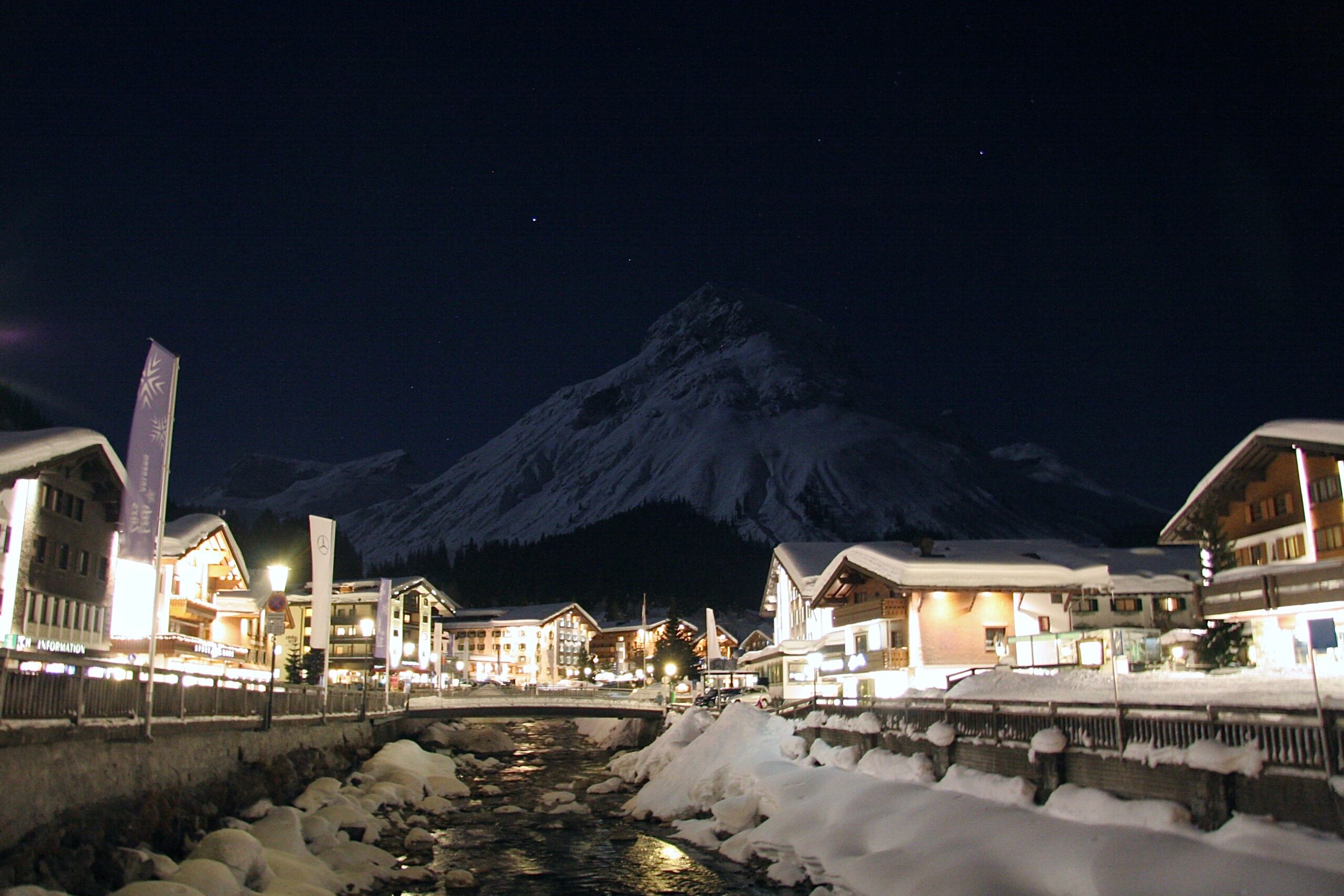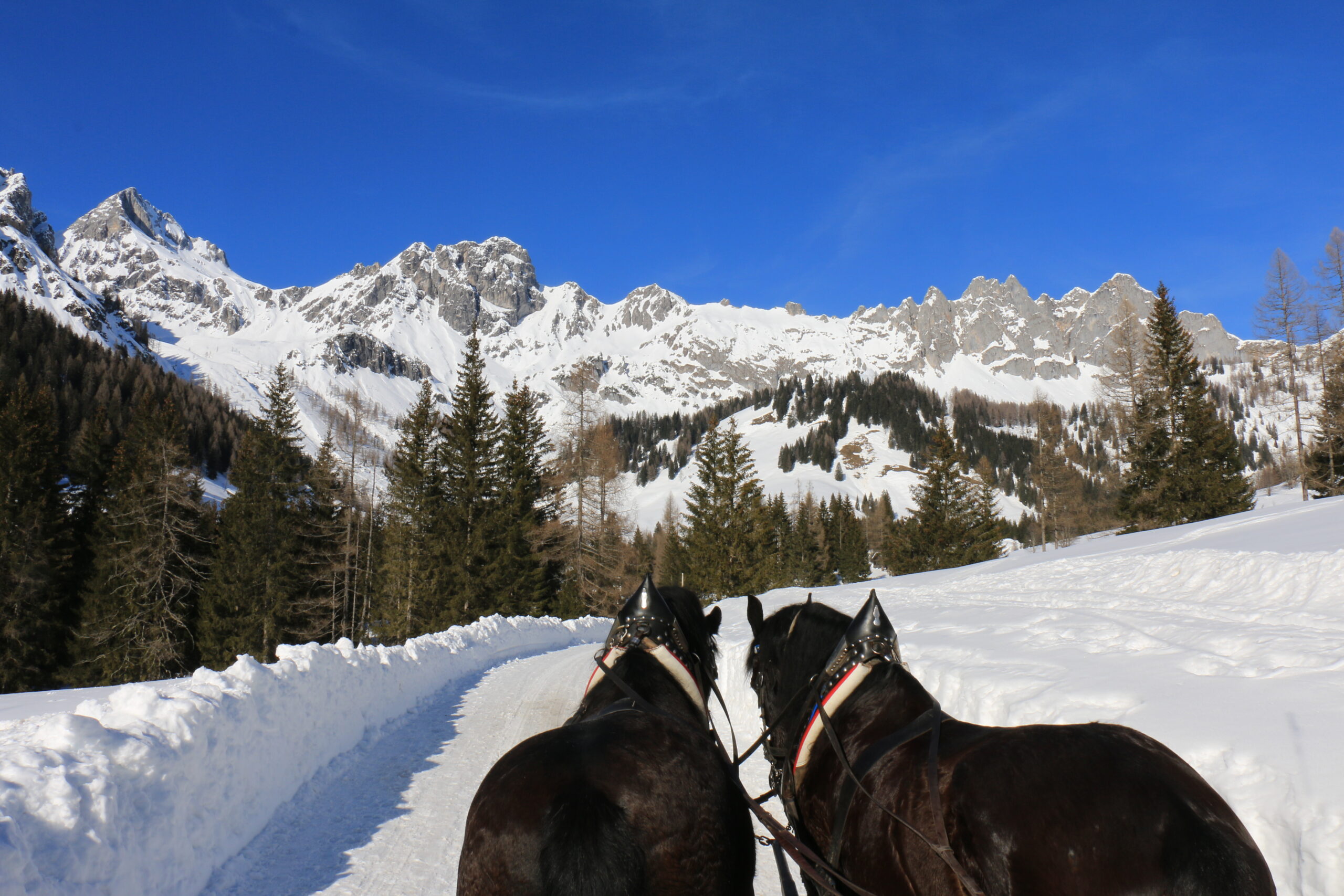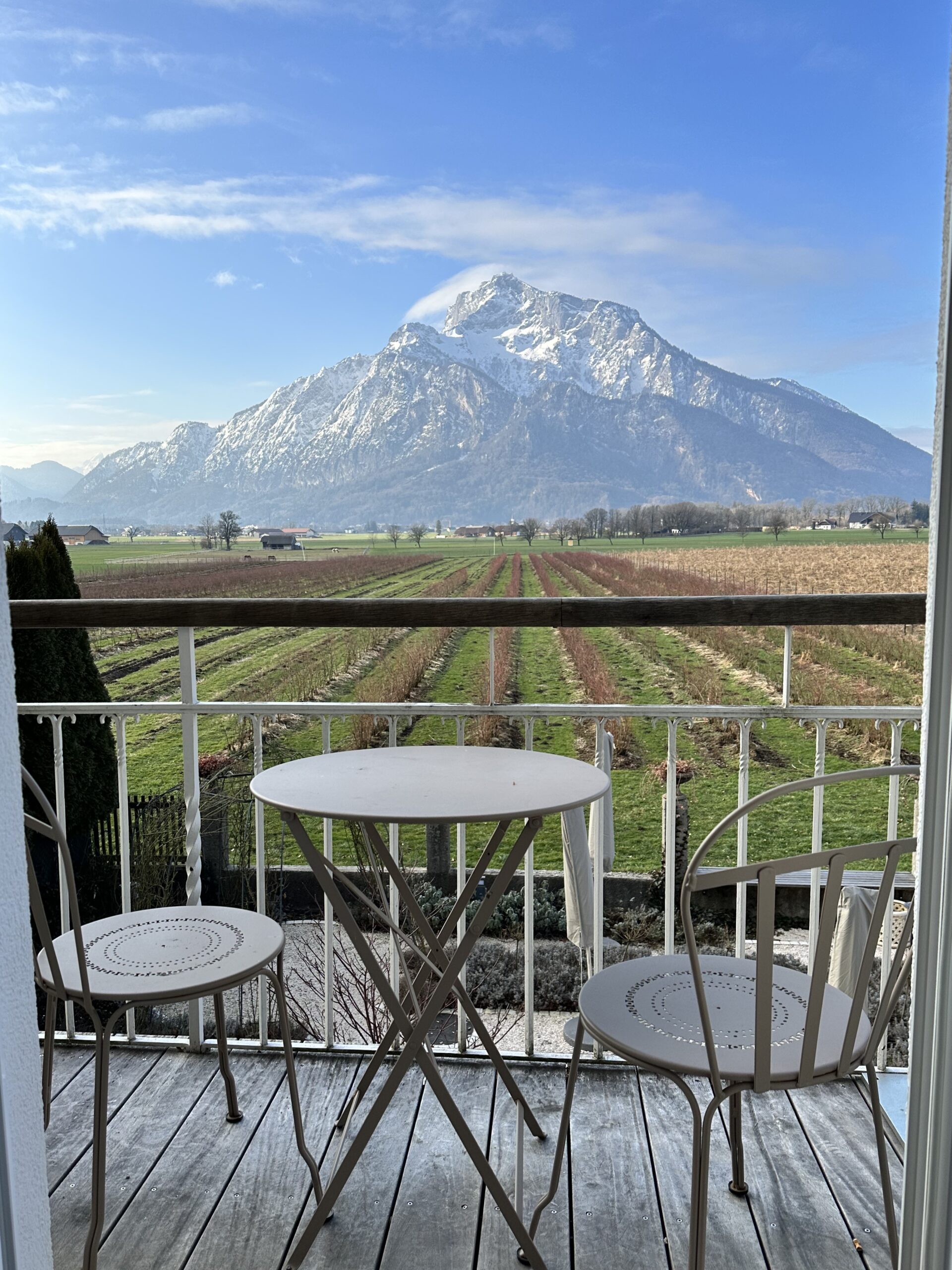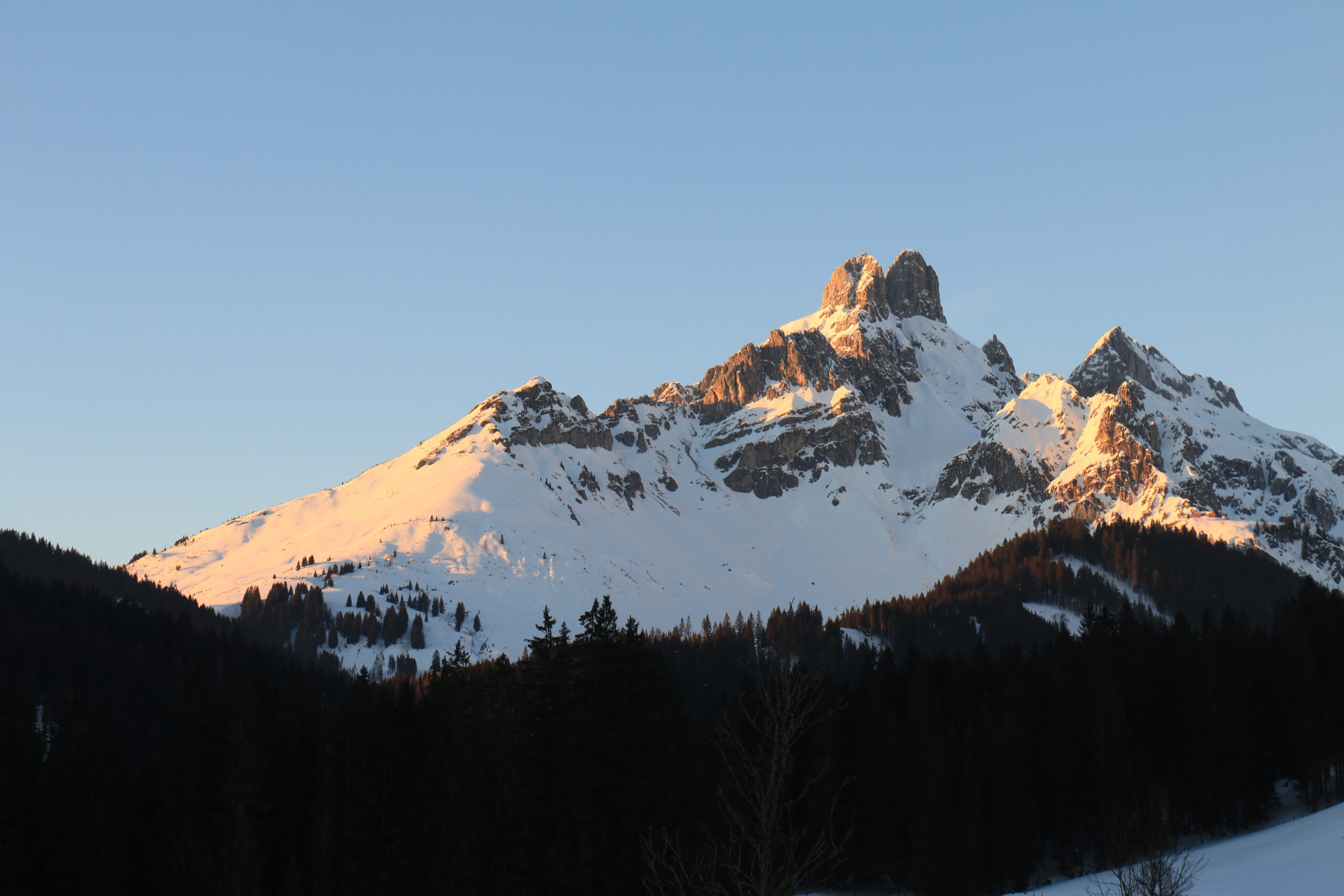
Nestled in the heart of Europe, Austria stands as a testament to tradition, mesmerizing natural beauty, and a rich cultural hsitory. From the snow-capped peaks of the Alps to the beautiful Baroque architecture of Salzburg, Austria is one of my favorite countries and also a destination that is worth a visit throughout the year. However, if you are planning a trip to this gorgeous country the question still remains: What is the best month to explore this Austria?
April to May and September to October are the ideal months to visit Austria. These months provide warmer weather than the winter, yet remain cooler than the peak summer months. Additionally, there are fewer tourists during these shoulder seasons, enhancing the overall experience. Altogether, these months offer a mix of outdoor adventures, cultural festivals, scenic beauty, and comfortable weather, catering to both active travelers and those looking for relaxation.
A breakdown of Austria’s seasons
- Spring (March to May). As winter recedes, Austria awakens with a splash of colors. The temperatures, while chilly in March, gradually rise, making April and May a warm prelude to summer. Vienna’s parks, such as the Belvedere Gardens, are covered with fresh blossoms, creating a picturesque setting for both tourists and locals. Spring also heralds the season of Easter, with markets across cities selling delightful crafts, chocolates, and regional specialties.
- Summer (June to August). Summer in Austria is synonymous with blue skies, warm days, and diverse cultural activities. While the plains enjoy a pleasant climate, the Alps transform into a paradise for hikers and adventurers. The Salzburg Festival, a globally-renowned cultural extravaganza, celebrates music, drama, and opera, drawing audiences from all over. In Vienna, the Filmfestival at Rathausplatz captivates residents and tourists alike, offering a unique open-air cinema experience against the backdrop of the illuminated City Hall. This festival, spanning several weeks, not only showcases movies but also features international culinary delights, making it a celebration of both film and food.
- Autumn (September to November). Autumn in Austria offers a tapestry of gold, red, and brown across its landscapes, making it an excellent season for hiking. With cooler temperatures and fewer tourists, trails are both comfortable and serene. This season also offers exceptional scenic drives and the chance to witness the forests and mountains in their full autumn glory. For film enthusiasts, the Viennale, Vienna’s International Film Festival, is a cultural beacon from late October to early November, showcasing an array of international films.
- Winter (December to February): In winter, Austria transforms into a winter wonderland. The Alps, blanketed in snow, invite skiers and snowboarders from around the world. The cities, though cold, shimmer in festive lights. Vienna’s Christmas markets, especially the one in front of the Rathaus (City Hall), are legendary, offering mulled wine, handicrafts, and an unmistakable festive spirit. As December ends, the Vienna Ball Season begins, allowing visitors to waltz their way into Austrian traditions.
In Salzburg, the Christmas market set against the backdrop of the Hohensalzburg Fortress embodies tradition and charm, and is also one of the worlds oldest Christmas markets, tracing its roots back to the 15th century! Here, visitors can enjoy seasonal treats and warm drinks, as you browse through festively decorated stalls. Here, the the wonderful spirit of the Christmas season comes alive, with carol singers and the scent of gingerbread permeating the air.

Things To Consider
While each season has its unique charm, there are a few other factors that might sway your decision:
- Tourist Crowds: Summer, being a peak tourist season, sees Austria bustling with visitors. Attractions are lively, but can also be crowded. If you seek tranquility, consider the shoulder months of spring and autumn or the serene calm of winter, outside of major ski resorts.
- Budget: Summer’s popularity can also mean higher prices for accommodations and activities. Winter, especially in ski areas, can also be pricier. Spring and autumn often provide a sweet spot of moderate prices and fewer crowds.
- Specific Activities: Your interests play a pivotal role. If you’re an avid skier, the deep winter months are non-negotiable. However, if cultural festivals or hiking adventures rank high on your list, summer and autumn are clear winners.
Tailored Recommendations
- For Nature Lovers: While Summer can be too hot and also packed with tourists, spring is a delightful time to witness Austria in bloom, while autumn offers a rich tapestry of colors. Both Spring and Autumn provide comfortable temperatures for exploring and hiking.
- For Winter Sports Enthusiasts: January and February are pristine for skiing and snowboarding. Resorts in areas like Tyrol and Vorarlberg offer world-class skiing.
- For Culture and Festival Lovers: While summer is packed with major festivals, winter’s allure lies in its traditional Christmas markets and the glamorous ball season.

What Is The Rainiest Month In Austria?
Rainfall is fairly consistent throughout the year in Austria. However, April and November are usually the months with the most rainfall, while the driest periods tend to be in May, September, and the first half of October.
What is the hottest month in Austria?
The hottest month in Austria is typically July. This is when temperatures reach their peak, with some regions experiencing up to 35 degrees celsius (95 degrees Fahrenheit).
In Conclusion
Austria, with its multifaceted beauty, ensures that any month can be the ‘best’ month, depending on what you are looking for. However, in my opinion the months of May and September to October are the ideal months to visit Austria. These months provide warmer weather than the winter, yet remain cooler than the peak summer months. Also, although rainfall is spread rather evenly throughout the year in Austria, the months of May, September and October will minimize your chances of rain. Additionally, there are fewer tourists during these shoulder seasons, enhancing your overall experience. Altogether, these months offer a mix of outdoor adventures, cultural festivals, scenic beauty, and comfortable weather, catering to both active travelers and those looking for relaxation.
Further Reading: Where Is The Best Weather In Austria?
Now that we have established the best months to travel to Austria. Another consideration is where the best weather is in Austria. Although Austria, is by no means a large country, weather conditions do vary slightly across the country. Here is a short breakdown of what weather you can expect, depending on which region in Austria you decide to visit.
Eastern Austria: This area, including Vienna, experiences a more continental climate, which is characterized by hot summers and cold winters, with relatively low rainfall.
Alpine (West) Region: Covering a large portion of Austria, this region has an Alpine climate. Summers are moderate to cool, and winters are cold with heavy snowfall, which can start as early as November and last until May. The alpine region also experiences the most amount of rainfall.
Southern Austria: Regions in the south, like Carinthia, enjoy a more Mediterranean influence, with warmer temperatures and more precipitation than the eastern part of the country. This area also sees a longer and more pronounced summer.
Central Austria: Including Salzburg and Upper Austria, this region experiences a transitional climate between the Alpine and Continental zones, with moderately warm summers and cold winters.
For the warmest spot with minimal rain, head to Eastern Austria, including Vienna, which enjoys hot summers and lower rainfall due to its continental climate. If you don’t mind occasional rain and want warmth, Southern Austria, like Carinthia, with its Mediterranean influence, offers warmer temperatures and longer summers. Avoid the Alpine (West) Region if you’re looking to stay dry, as it receives the most rain. Central Austria strikes a balance with moderate warmth and occasional rain. Nonetheless, it’s worth noting that when choosing a destination in Austria, the attractions and your interests should take precedence over the weather.

